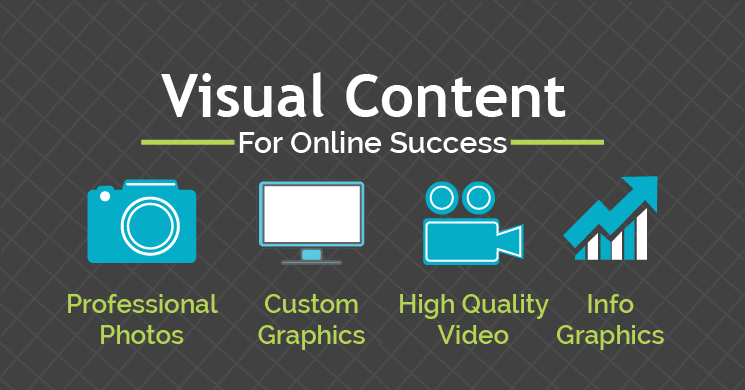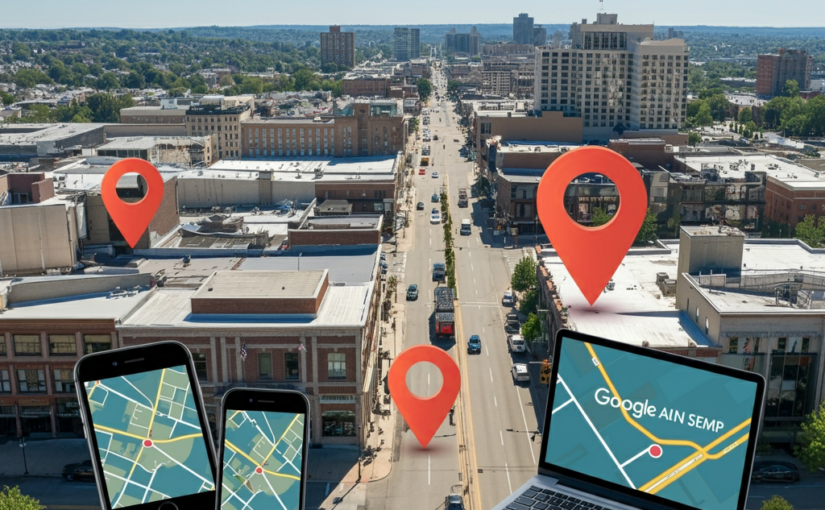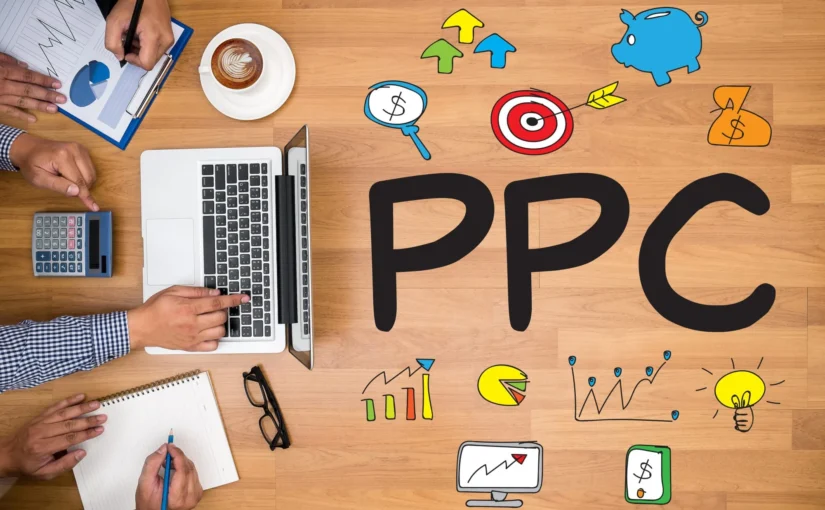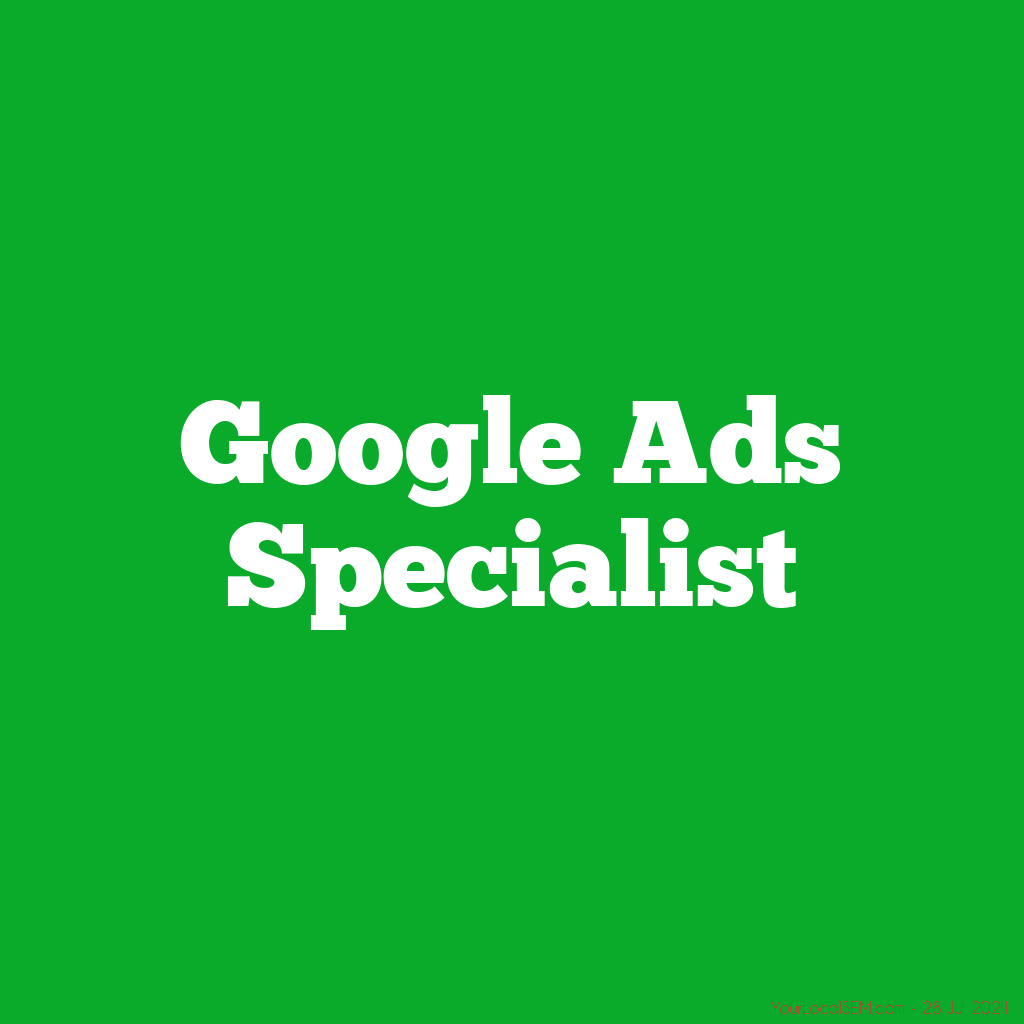Visual Content: The Unsung Hero of Content Marketing
In the ever-evolving digital landscape, where attention spans are shrinking and information overload is rampant, visual content has emerged as a powerful tool for capturing and engaging audiences. Studies consistently demonstrate that visual content outperforms text-based content in terms of shares, likes, and overall engagement. Let’s explore why this is the case and how you can leverage visual content to elevate your marketing strategy.
The Power of Visuals
Humans are inherently visual creatures. Our brains process images 60,000 times faster than text. This means that visual content is more likely to be noticed and remembered. Moreover, visuals evoke emotions, which play a crucial role in building connections with your audience. When people connect emotionally with your content, they are more likely to share it with their networks.
Types of Visual Content
There’s a wide array of visual content formats to choose from. Let’s explore some of the most effective:
- Custom Graphics: Tailored graphics that align with your brand identity can be highly impactful. They can be used to represent data, concepts, or simply to add visual interest to your content.
- Video and Audio Content: Videos and podcasts offer a dynamic way to engage your audience. Whether it’s a tutorial, a behind-the-scenes look, or a storytelling piece, video and audio content can be highly shareable.
- Infographics: These visually appealing representations of data and information are perfect for complex topics.Infographics are easy to digest and share, making them a popular choice for marketers.
- Presentations: Slideshows can be repurposed as visual content. By sharing your presentations online, you can reach a wider audience and generate shares.
- Screen Captures: Screenshots can be used to illustrate tutorials, highlight software features, or showcase user experiences.
- GIFs and Memes: These short, animated clips can add humor and personality to your content. When used effectively, they can go viral.
- Photo Essays: A collection of images that tell a story can be a powerful way to connect with your audience. Photo essays can evoke emotions and encourage sharing.
- Image Quotes: Combining inspiring quotes with visually appealing images can create shareable content.
Creating Effective Visual Content
To maximize the impact of your visual content, consider the following tips:
- Know Your Audience: Understand your target audience’s preferences and create content that resonates with them.
- Keep it Simple: Avoid cluttering your visuals with too much information. Focus on delivering a clear message.
- Use High-Quality Images: Invest in high-resolution images that look great on various devices.
- Optimize for Sharing: Make it easy for people to share your content by including social sharing buttons.
- Experiment and Analyze: Test different visual content formats to see what works best for your audience. Track your results and adjust your strategy accordingly.
By incorporating a variety of visual content into your marketing strategy, you can increase engagement, build brand awareness, and drive traffic to your website. Remember, the key to success is creating content that is visually appealing, informative, and shareable. Working with a Digital Marketing Agency ensures that your online campaigns are data-driven and result-oriented, focusing on delivering measurable outcomes such as increased traffic and higher conversion rates.
Would you like to explore specific strategies for using visual content on different social media platforms?









